Summary
This fishing site offers pristine waters, breathtaking scenery, and a variety of fish species that can be caught throughout the year.
The most prevalent fish species in the Joe Wright Fishing Site are rainbow trout, brown trout, and cutthroat trout. These fish can be caught using various fishing techniques such as fly fishing, spin fishing, and bait fishing.
Aside from fishing, there are plenty of other activities to enjoy in the area. Visitors can hike on nearby trails, camp in designated campsites, and enjoy the scenic beauty of the surrounding mountains.
For those planning to visit the Joe Wright Fishing Site, it is important to keep in mind that the best time of year to visit is during the summer months (June-August), when the average temperature is around 70 degrees Fahrenheit.
Fishing tips for this area include utilizing small lures and flies, as well as fishing in the early morning or late evening when the fish are more active. Additionally, it is important to have a Colorado fishing license before embarking on any fishing trips in the area.
Overall, the Joe Wright Fishing Site is an excellent destination for those looking for a memorable fishing experience in Colorado. With its diverse fish species, scenic beauty, and various recreational activities, this area is a must-visit for any fishing enthusiast.
Weather Forecast
Nearby Streamflow Levels
Angling Safety Guidelines
Check local fishing rules, seasons, size limits, and license requirements to ensure legal and sustainable angling.
Handle Fish Responsibly
Use wet hands, minimize air exposure, and release fish gently to improve survival rates when practicing catch-and-release.
Choose the Right Gear
Match your rod, line, and tackle to the species and conditions to increase success and reduce unnecessary harm to fish.
Respect the Waterway
Avoid disturbing habitat, prevent bank erosion, and keep a safe distance from spawning areas to protect ecosystems.
Keep It Clean
Pack out all line, hooks, bait containers, and trash—discarded gear can injure wildlife and degrade waterways.
Related Links
Area Campgrounds
| Location | Reservations | Toilets |
|---|---|---|
 Chambers Lake
Chambers Lake
|
||
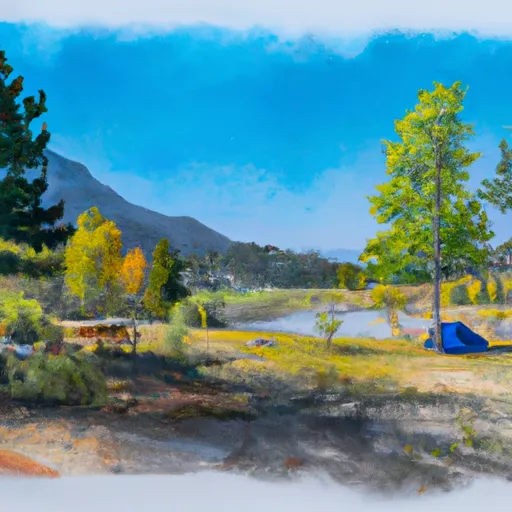 Chambers Lake Campground
Chambers Lake Campground
|
||
 The Crags - State Forest State Park
The Crags - State Forest State Park
|
||
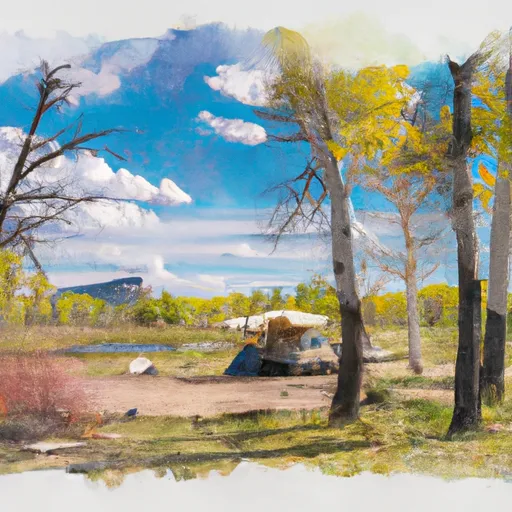 Bockman - State Forest State Park
Bockman - State Forest State Park
|
||
 Aspen Glen
Aspen Glen
|
||
 Aspen Glen Campground
Aspen Glen Campground
|

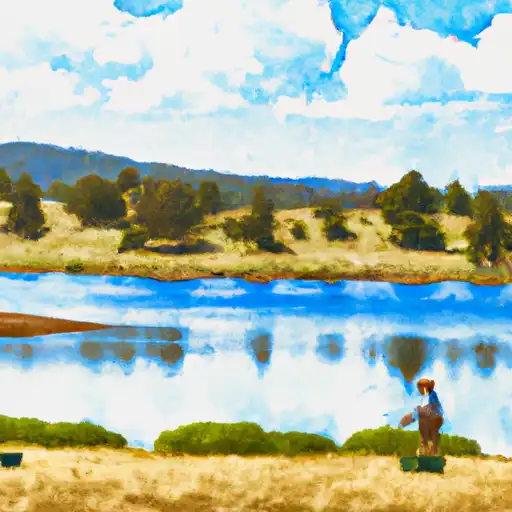 Joe Wright Reservoir
Joe Wright Reservoir
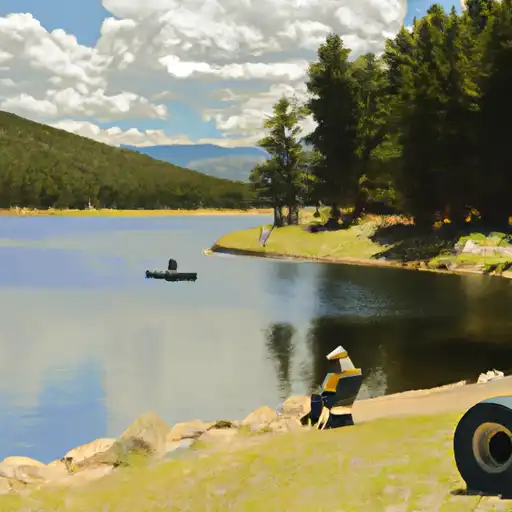 Zimmerman Lake
Zimmerman Lake
 Trap Lake
Trap Lake
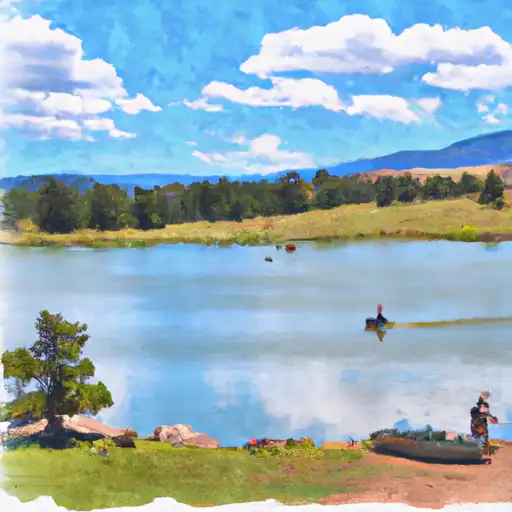 Chambers Lake
Chambers Lake
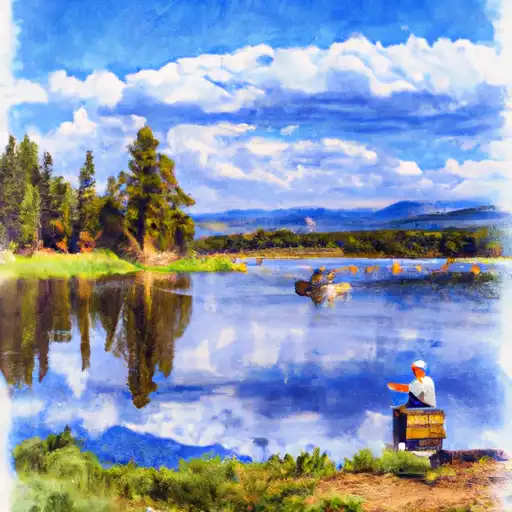 Barnes Meadow Reservoir
Barnes Meadow Reservoir





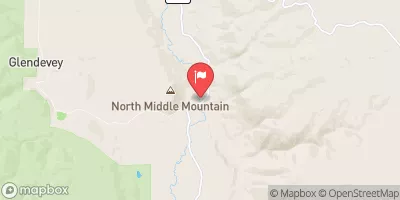
 Joe Wright
Joe Wright